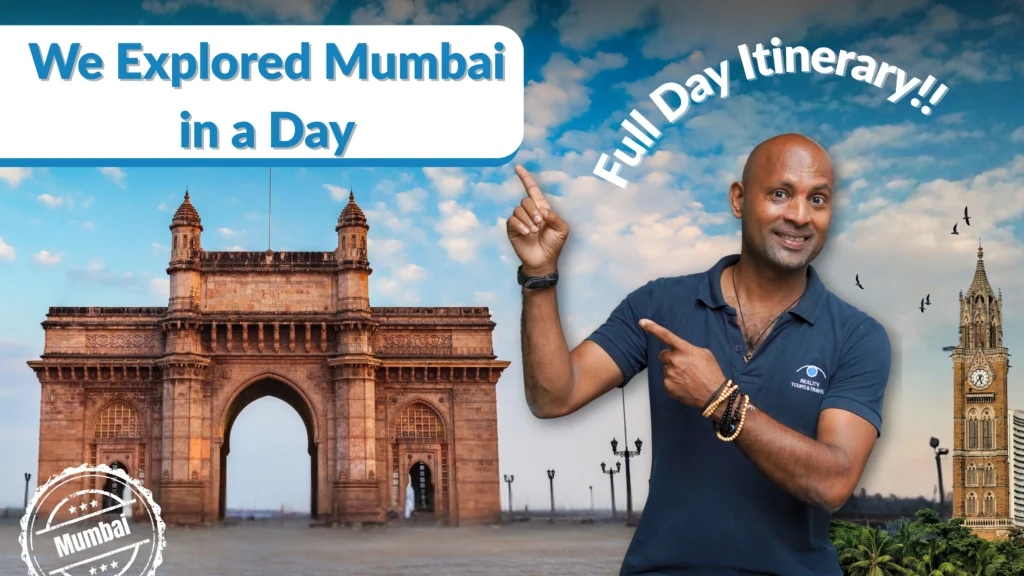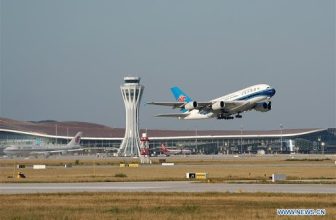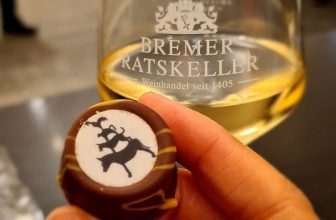
Sassoon Dock Before Sunrise (5:30 AM – 7:00 AM)
Get out of bed. Don’t say I didn’t warn you.
Try and arrive at Sassoon Dock before the sun has fully declared itself. You’ll hear it before you see it – shouting and some cries in Marathi and Konkani, outboard engines starting to cough into life, crates laboriously being dragged(greased?) across the wet surfaces.
Fish covers every surface. Pomfret, prawns, surmai, bangda – all glittering under weak bulb light. Women sort them at lightning speed. Their hands move with a confidence you can’t fake.
The smell hits hard. Salt. Diesel. Fresh catch. Old wood.
Then you spot something completely unexpected. Murals painted on dock walls. Colors screaming against grey concrete. Someone decided a fish market deserved art too.
Classic Mumbai move. Slipping beauty into places you’d never think to look.
Gateway of India (8:00 AM – 9:00 AM)
Take a cab or train to Colaba now. Gateway of India stands there like it owns the waterfront – which, let’s be honest, it kind of does.
They built this arch in 1911 for King George V. He came, he saw, he left. The structure stayed.
Pigeons have taken over. Tourists pose for photos. Locals sit on the steps eating vada pav and watching boats rock on the water.
Here’s something most people don’t mention. When the British finally packed up and left India in 1948, this is where they walked through. Same stone arch. Different meanings.
Look at the Arabian Sea from here. Breathe in the cleaner air. Five minutes of relative peace before the city swallows you again.
CSMT – Where Gothic Meets Chaos (9:30 AM – 10:30 AM)
Head to Chhatrapati Shivaji Maharaj Terminus next. Everyone calls it CSMT. Old-timers still say VT.
This isn’t just a train station. This is what happens when Victorian Gothic architecture crashes into India and somehow works perfectly.
Stone carvings everywhere. Stained glass windows throwing colored shadows. Turrets and domes that belong in a European cathedral. Built in 1887. Still moving millions of people daily.
Stand on any platform. Watch commuters flow past like a river that never stops. Nobody crashes into anyone. Everyone knows exactly where they’re going.
The new Metro line connects this place to the airport now. Mumbai keeps one foot in history, one foot in whatever comes next.
Markets to Explore During Mumbai Darshan – Crawford Market & Chor Bazaar (11:00 AM – 1:00 PM)
Time to lose yourself in markets.
Crawford Market explodes with stuff. Alphonso mangoes piled high. Exotic fruits nobody can pronounce. Live chickens in cages. Imported chocolates. Flowers. Toys. Everything exists here simultaneously.
The building dates back to 1869. The chaos inside feels brand new every day.
Walk to Chor Bazaar after this. They call it the Thieves Market. Not because you’ll get robbed—just old folklore about stolen goods landing here decades ago.
Now? Vintage gold. Old Bollywood posters fading at the edges. Typewriters that might still work. Brass statues covered in decades of dust. Furniture your grandparents would recognize.
Bargain aggressively. The first price is always a test. The real price comes after you pretend to walk away twice.
Dabbawalas in Action (12:00 PM – 1:00 PM)
If you’re near Churchgate around lunch, watch for men carrying stacked tiffin boxes.
Dabbawalas. Mumbai’s lunch delivery system that refuses to make sense but works flawlessly.
They collect home-cooked meals from houses across suburbs. Load them onto trains. Carry them through impossible crowds. Deliver them to offices miles away. All without technology. Just color codes and incredible memory.
Harvard studied them. They have a Six Sigma efficiency rating. They make fewer mistakes than most tech companies.
This is Mumbai magic nobody can copy. No app can replace muscle memory built over decades.
Marine Drive & Lunch Break (1:30 PM – 3:00 PM)
Walk along Marine Drive now. The three-kilometer stretch curves along the coastline like a protective arm.
Sea on one side. Art Deco buildings on the other. Both worth staring at.
At night, street lamps outline the bay. People call it the Queen’s Necklace. Right now it’s just hot pavement and a salty breeze, but the breeze helps.
Stop for lunch. Trishna serves incredible seafood if you’ve got the budget. Or grab vada pav from any cart—fifteen rupees of pure joy. Both work.
Sit. Eat. Watch the waves. Give your feet a break because the afternoon gets real.
Dharavi – The Part Most People Skip (3:30 PM – 6:00 PM)
Here’s where most tourists chicken out. Don’t.
Dharavi gets called Asia’s largest slum. Fine. Technically accurate. Also completely misleading.
Because Dharavi runs like a factory disguised as a neighborhood. Leather workshops humming with activity. Pottery wheels spinning clay into shapes. Recycling units turning plastic garbage into sellable material. Bakeries produce thousands of bread loaves daily. Embroidery units creating intricate designs by hand.
The massive economy of this place raises more than a billion dollars each year. In less than a square mile.
Accompany an ethical guide with an understanding of place and respect for people. Witness a potter who has been throwing pots for 40 years. See what a recycling center does to recover more of the waste of Mumbai than any state system would want to do.
You will leave with many questions about everything you thought you knew about poverty, productivity, and what people are capable of when they just don’t give up.
Sunset Viewing (6:30 PM – 7:30 PM)
End the day with a contemplation of nature changing color.
The Worli Sea Face allows you to see the distant Bandra-Worli Sea Link lit up.Bandra Fort offers crumbling walls plus an infinite horizon – history meeting the Arabian Sea in real time.
The sky performs its daily show. Orange bleeds into pink. Pink melts into purple. Then darkness takes over completely.
For maybe five minutes, Mumbai slows down. Everyone watches. Nobody talks.
Then horns start honking. Auto drivers rev their engines. The city remembers it has somewhere to be.







